Endangerment is a critical conservation status assigned to species facing a very high risk of extinction in the wild. Understanding the causes leading to this dire status is vital for implementing effective conservation measures. Key factors include habitat loss due to deforestation and urban expansion, poaching for fur and body parts, and climate change disrupting habitats. This article explores the world’s most endangered big cats, highlighting the threats they face and the efforts underway to save them.
The Amur Leopard: The World’s Rarest Big Cat
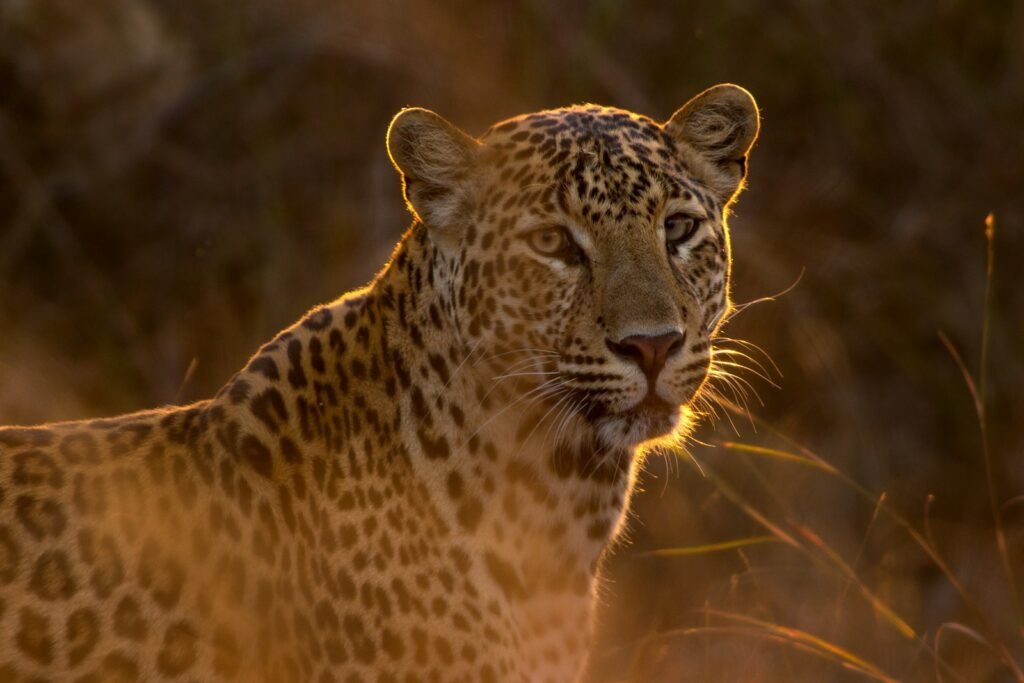
The Amur leopard, native to the temperate forests of southeastern Russia and northeastern China, is one of the most endangered big cats, with fewer than 100 individuals left in the wild. Habitat fragmentation, illegal logging, and human-wildlife conflict are significant threats to its survival. Conservation efforts focus on anti-poaching measures, habitat restoration, and cross-border cooperation between Russia and China.
The Majestic Snow Leopard and Its Fragile Mountain Habitat

Snow leopards inhabit the rugged mountain landscapes of Central Asia, ranging across 12 countries. With an estimated population of 4,000 to 6,590, they are classified as vulnerable. They face threats from retaliatory killings by herders protecting livestock, illegal poaching for their fur, and climate change impacting their prey. Community-based conservation projects are crucial for their protection, focusing on education, improved livestock management, and habitat preservation.
Sumatran Tiger: A Struggle for Survival in Diminishing Forests
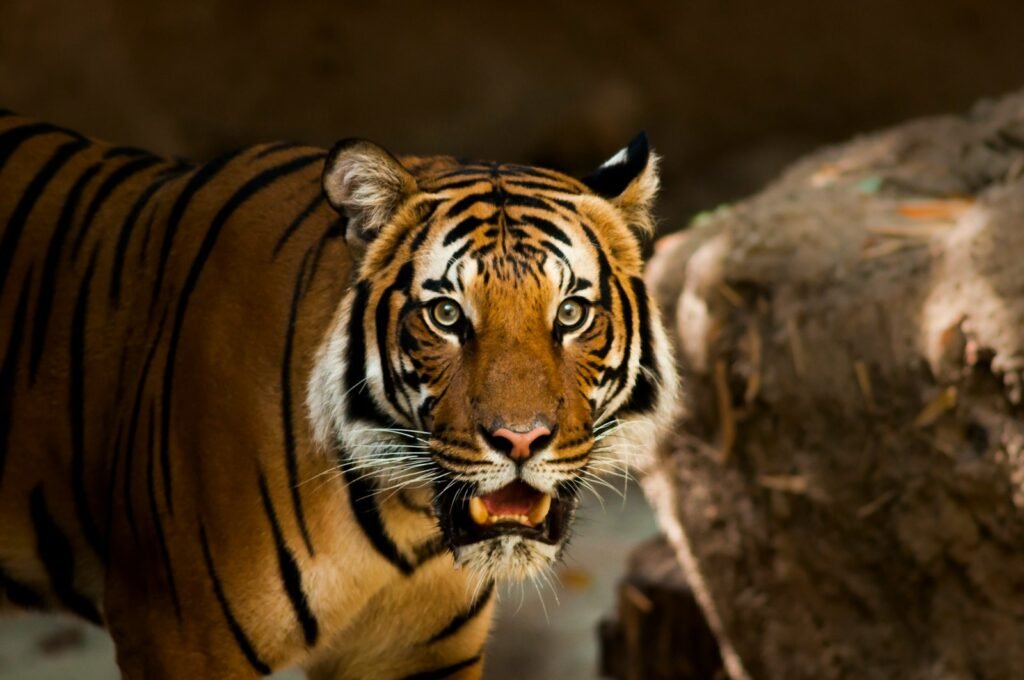
The Sumatran tiger, the only surviving tiger population in Indonesia, is critically endangered, with fewer than 400 remaining in the wild. The primary threats include deforestation for palm oil plantations, illegal hunting, and human-wildlife conflict. Conservation strategies involve strengthening anti-poaching units, habitat conservation, and promoting sustainable land-use practices among local communities.
South China Tiger: A Ghost on the Brink of Extinction

The South China tiger, once prevalent in China, is now believed to be functionally extinct in the wild. Captive populations exist, but reintroduction into natural habitats remains challenging due to habitat destruction and lack of prey. Conservationists are focusing on breeding programs and habitat restoration to facilitate a possible future reintroduction.
Iberian Lynx: A Success Story in Halting Extinction
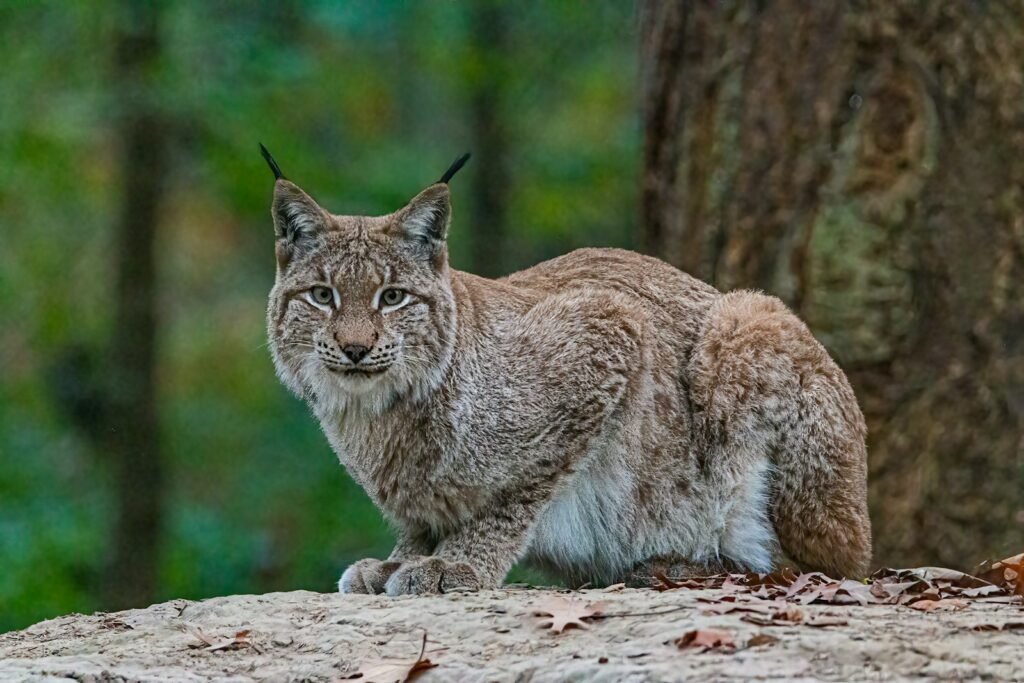
The Iberian lynx, native to the Iberian Peninsula, was teetering on the edge of extinction with only about 100 individuals in 2002. Thanks to intensive conservation efforts, including habitat restoration, captive breeding, and reintroduction programs, the population has increased to over 400. However, continuous conservation efforts are vital to ensure their long-term survival, particularly in maintaining genetically diverse populations and adequate prey levels.
Cheetahs: The World’s Fastest Land Animal Faces Rapid Decline
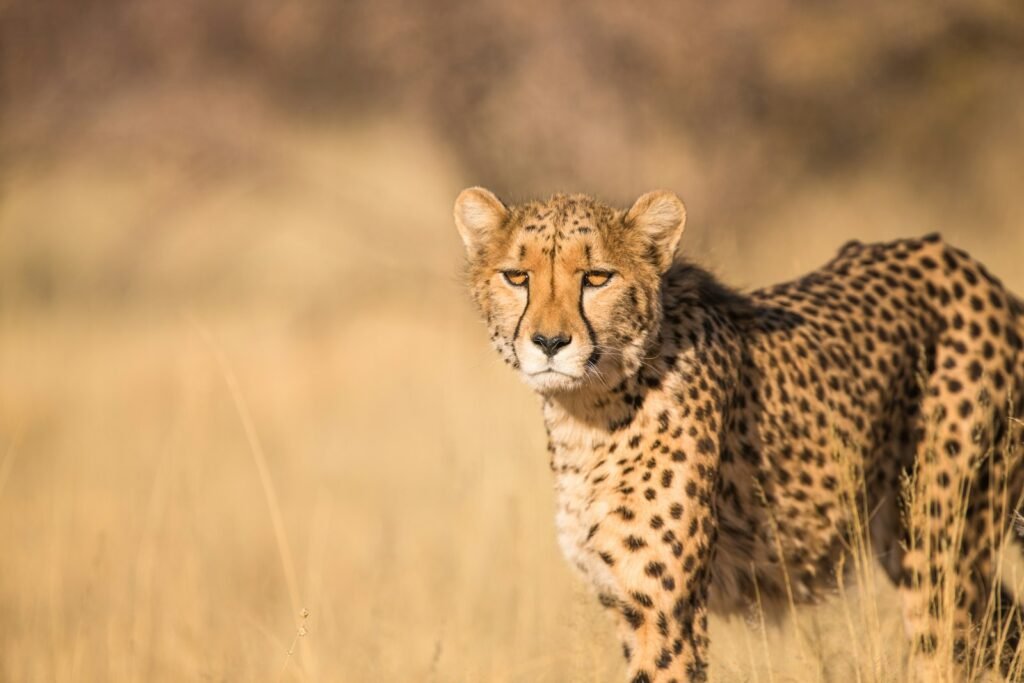
Cheetahs, primarily distributed across sub-Saharan Africa with a small population in Iran, are vulnerable due to habitat loss, human-wildlife conflict, and illegal wildlife trade. The loss of genetic diversity further complicates conservation efforts. Strategies include expanding protected areas, fostering human-cheetah coexistence through community programs, and halting illegal trade.
Jaguars: Prowling the Threatened Jungles of the Americas
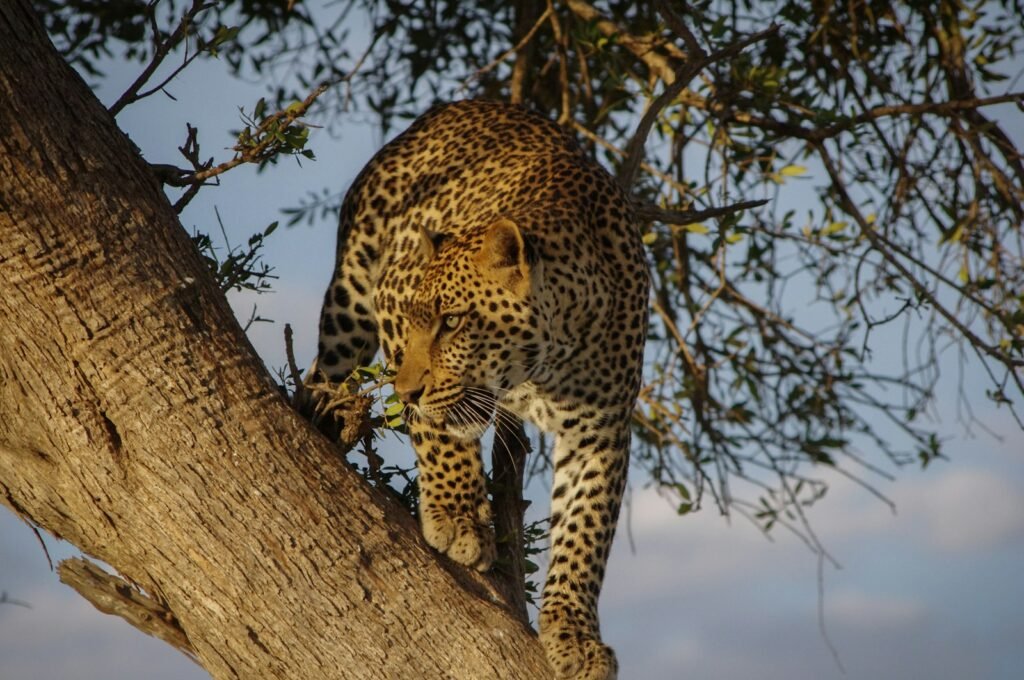
Jaguars inhabit the jungles of Central and South America, but deforestation, illegal hunting, and human-wildlife conflict threaten their populations. Conservation initiatives focus on connecting fragmented habitats through wildlife corridors, enhancing protection laws, and community engagement to reduce conflicts and promote coexistence.
African Lions: Kings of the Jungle Losing Their Kingdoms
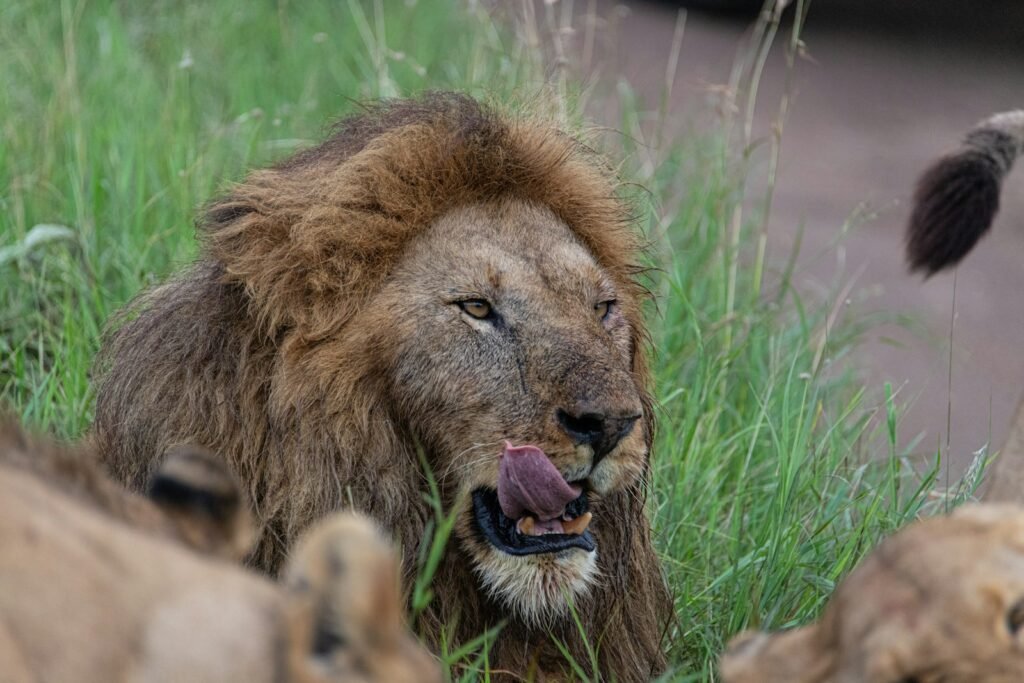
African lions, iconic symbols of wilderness, have seen their numbers decline significantly due to habitat loss, declining prey, and human-wildlife conflict. Conservation requires innovative approaches like community-based conservation, preserving intact ecosystems, and mitigating human-lion conflict through better livestock management and education.
Making a Difference: Global Conservation Efforts and How You Can Help
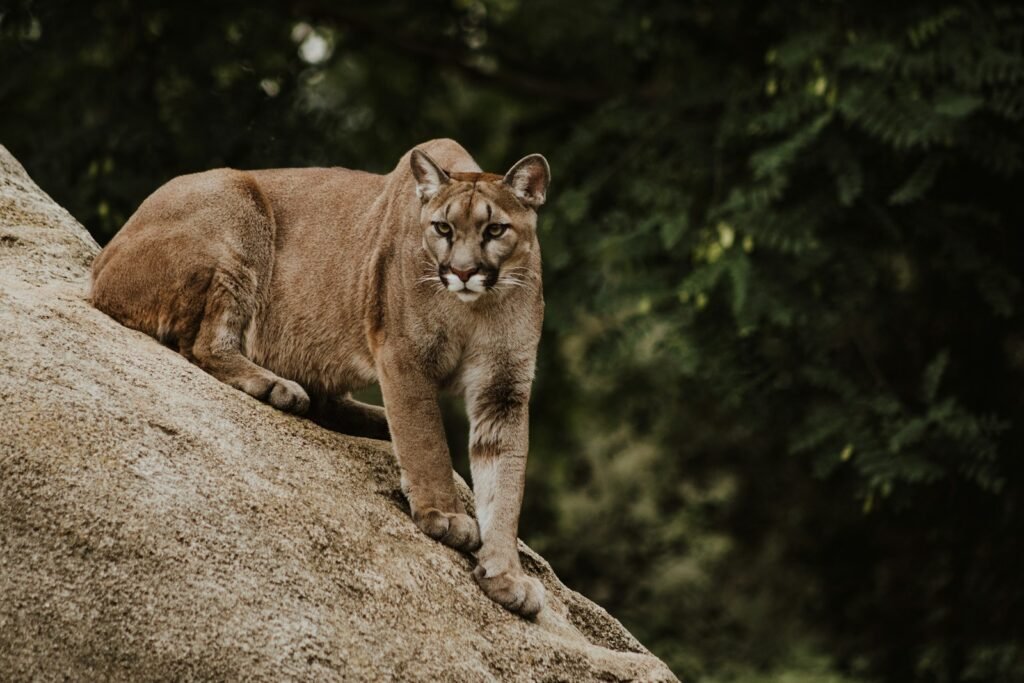
Conservation organizations worldwide are working tirelessly to protect these magnificent creatures through legislation, habitat preservation, and local community involvement. Individuals can contribute by supporting conservation charities, advocating for wildlife-friendly policies, and spreading awareness about the plight of endangered big cats. Every effort counts towards creating a future where these incredible animals thrive in the wild.
Hi, I’m Bola, a passionate writer and creative strategist with a knack for crafting compelling content that educates, inspires, and connects. Over the years, I’ve honed my skills across various writing fields, including content creation, copywriting, online course development, and video scriptwriting.
When I’m not at my desk, you’ll find me exploring new ideas, reading books, or brainstorming creative ways to solve challenges. I believe that words have the power to transform, and I’m here to help you leverage that power for success.
Thanks for stopping by, Keep coming to this website to checkout new articles form me. You’d always love it!






